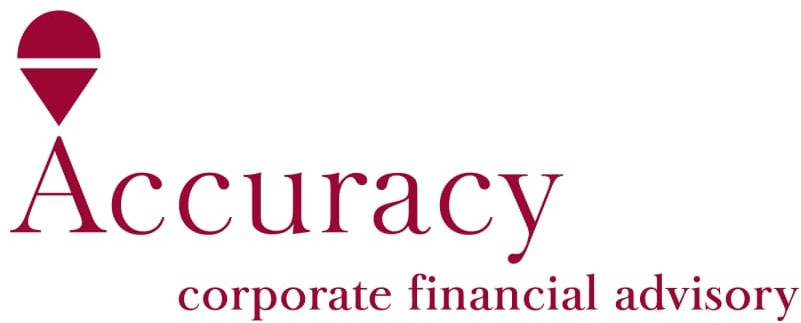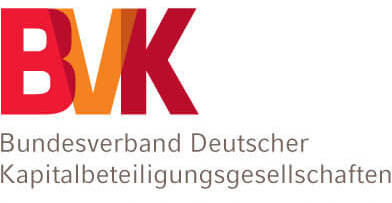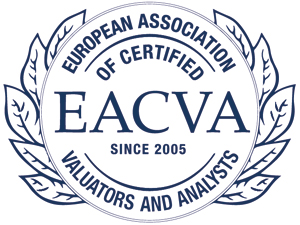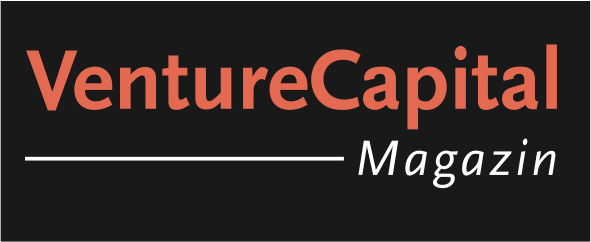NEWSLETTER of June 10, 2022
The following content has been added at finexpert:
Studies > Performance
BCG
FROM TAILWINDS TO TURBULENCE: GLOBAL ASSET MANAGEMENT 2022
The past few decades presented an outstanding market environment for the asset management industry. Global assets under management (AuM) rose at a generally steady pace between 2001 and 2021, thanks largely to the strength of the world’s equity markets, which were able to rebound even after several severe downturns. And 2021 was even stronger. Global AuM grew at 12% last year, to more than $112 trillion, a growth rate well above the 7% average of the previous 20 years. Net flow rates were also higher than average in 2021, reaching 4.4% of total AuM, or $4.4 trillion, at the beginning of the year. In BCG’s 20th annual report on the global asset management industry, we offer a retrospective analysis of the effects of this strong market—and as the industry enters a more uncertain era, we look ahead to the expected impact of new technologies such as direct indexing, increasing investor demand for alternative products, and a focus on decarbonization. >more
Studies > Performance
KfW Research
KFW-GRÜNDUNGSMONITOR 2022
After the corona bump in 2020, start-up activity in Germany in 2021 has risen pre-crisis level. With 607,000 start-ups 70,000 or 13 % more people started their own business than in 2020. After three years of hardly any change in the number of female entrepreneurs, in 2021 there was an above-average increase. The Corona pandemic has ruthlessly exposed the weaknesses of traditional business models. Female and male founders have obviously reacted to this: Significantly more start-ups are digital and internet-based, with shares of 31 % (digital) and 41 % (internet-based). >more
Studies > Alternative Investments
Alix Partners
CRYPTOCURRENCY IN 2022
Since the introduction of the cryptocurrency Bitcoin around 2009, the concepts of blockchain and cryptocurrency have increased in popularity – and controversy. To many, it’s a ponzi-like “get rich quick” scheme with no value. To others, it’s the beginning of a new technology paradigm that will impact how we represent, store, and exchange value across the globe. As the digitization of the world’s financial system continues to evolve, and chances are blockchain technology will be involved. Many questions remain, but one thing is certain: the pace of technological innovation is accelerating. Here, we analyze the dominant themes of the cryptosphere as we move into 2022 – the critical concepts, the environmental impact, the regulatory environment, and institutional adoption. >more
Studies > Macro
Baker McKenzie
TRENDS AND SPOTLIGHTS OF THE CHINESE INVESTMENT LANDSCAPE
Baker McKenzie’s eighth annual analysis of Chinese outbound investment trends, conducted in partnership with Rhodium Group, details Mainland China’s movements in the ever-changing global market, driven by investors’ desires for broader market entry, strategic synergy, access to resources and new energy, and expansion of technology and product portfolios. >more
Research Papers > Corporate Valuation
THE SOCIAL MEDIA RISK PREMIUM
Amin Hosseini, Gergana Jostova, Alexander Philipov, and Robert Savickas
2020
We show that social media risk is priced in the cross-section of stocks and bonds. New social media stock and bond factors, based on firms' presence on Twitter, earn annual premiums of 7.2% and 3.3%, respectively. Their contributions to explaining the cross-section are significant when tested both with classical and recent machine-learning asset pricing methodologies. The social media risk premium is traced to both retail and institutional investors and is higher in low sentiment. Unlike other risk factors, the social media factor origins are clearly identified: prior to the age of social media their premiums did not exist. >more
Research Papers > Corporate Finance
MUTUAL FUNDS' STRATEGIC VOTING ON ENVIRONMENTAL AND SOCIAL ISSUES
Roni Michaely, Guillem Ordonez-Calafi, and Silvina Rubio
2022
Environmental and social (ES) funds in non-ES families must balance incorporating the stakeholder's interests they advertise and maximizing shareholder value favored by their families. We find that these funds support ES proposals that are far from the majority threshold, while opposing them when their vote is more likely to be pivotal, consistent with greenwashing. This strategic voting is not exhibited in governance proposals, by ES funds in ES families or by non-ES funds in non-ES families, reinforcing the notion of strategic voting to accommodate family preferences while appearing to meet the fiduciaries responsibilities of the funds. >more













